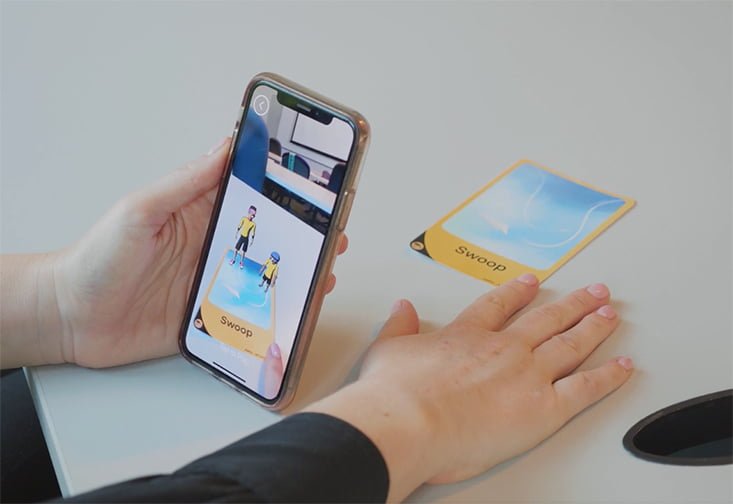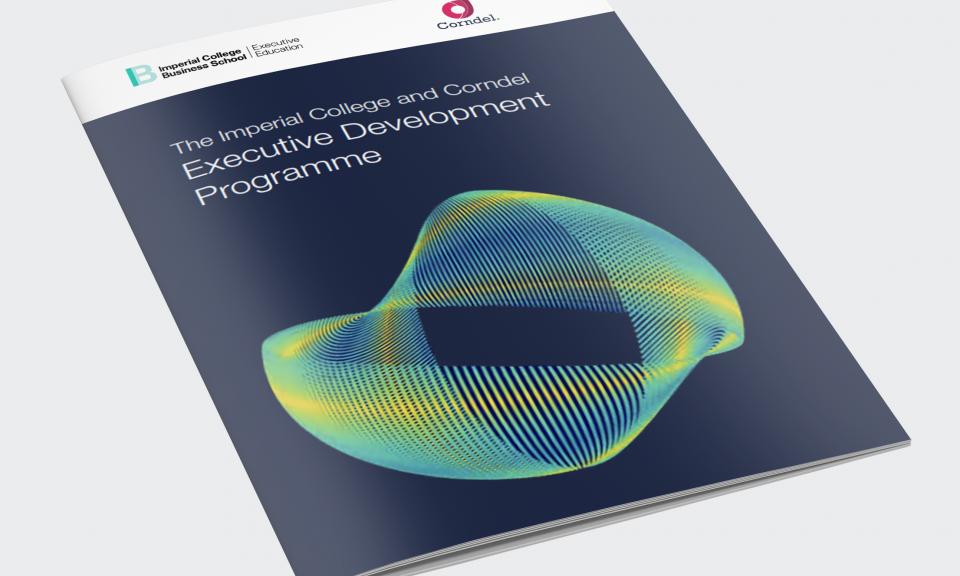
A new study by education researchers suggests that the kind of subtle racial discrimination known as implicit bias found in brick and mortar classrooms may be present in online college classes.
Researchers from Stanford, the University of California – Irvine and Vanderbilt University began by creating fictitious online student identities. They chose names that suggested racial and ethnic identity, such as Todd, Emily, Tyrone, Tanisha, Mei, Tao, Priyanka, and Samir. They then posted comments using those personas in class forums for Massive Open Online Courses (MOOC).
“The names that had been assigned a white male name were twice as likely to get a response relative to all other seven categories,” said Stanford professor Thomas Dee, a co-author of the study.
The study’s findings come as California is preparing to create a new online community college targeting more than two million people while a recent surveyfound that the vast majority of California’s college students are Latino, black, or Asian American, while nearly two thirds of tenured college faculty are white.
Dee said the research focused on class forums because most online courses now allow students to watch a professor’s lecture at the time of their choosing; that makes interaction in online class forums an important part of the learning process. If some students are getting less attention based on their perceived race or ethnicity, he said, that raises questions about whether the student is receiving the same quality of education as the other students.
“When students find their engagement rebuffed or getting signals that maybe they don’t belong in that setting as much, that can really set them back in terms of their critical intrinsic motivation to learn,” Dee said.
The study’s findings don’t indicate online college faculty are racist, Dee said. Instead, they suggest that some of the same subtle biases seen in person are present when classes are offered digitally.
There’s little research on the topic, Dee said, and these findings should prompt colleges to find out if there’s implicit bias in online courses.
“I think the study is provocative. I think it raises some important questions,” said Laura Hope, executive vice chancellor for educational services and support for the California Community Colleges. “Whether or not I think it’s a deep issue within the community colleges, I think it’s something we’re addressing.”
The college system is a massive provider of online college courses. In the 2016-2017 academic year, 860,000 students took online classes through the system’s 114 campuses. Hope said the amount of training online faculty receive on implicit bias varies from campus to campus.
Even though the study raises important issues, Hope said, researchers’ decision to focus on MOOCs – which are open to any person and often enroll thousands of students – makes the comparison with her system’s online classes an apples to oranges comparison.
“In a MOOC, you may have a single instructor interacting with 400 students,” Hope said. Her system’s online courses have much lower enrollment “where the instructor actually knows the students much better.”
The study’s authors said the comparison is fair because the dynamics in online forums in MOOCs and college online classes are similar.
[“source=scpr”]















